Top 10 Gamification Mobile Apps That Drive Effective User Engagement
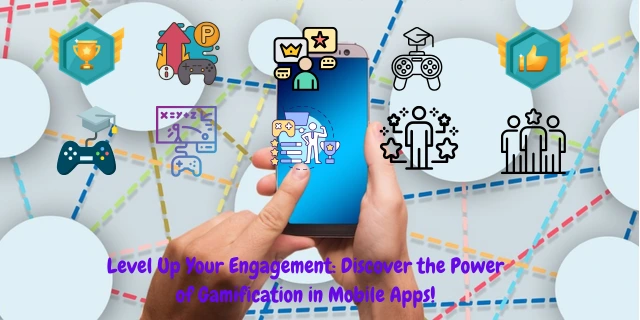
In today’s competitive digital landscape, Gamification Mobile Apps are proving to be game-changers in keeping users engaged and motivated. By integrating elements of game design—such as rewards, levels, and challenges—these apps not only captivate their audience but also drive higher retention and satisfaction. In fact, apps that use gamification have reported a 30% increase in user retention, according to Statista. As we move into 2025, the impact of gamification is more evident than ever, with several apps leading the charge in this space.
This article highlights the top 10 gamification mobile apps that stand out for their innovative game mechanics, deep user engagement, and impressive results. From fitness and wellness to productivity and education, these apps serve as models for how gamification can transform the user experience.
1. Duolingo – Language Learning with Fun and Rewards
Main Features: Streaks, Levels, Rewards, Social Sharing
Duolingo has revolutionized language learning by making it fun and engaging. Users earn XP points for completing lessons, maintain streaks for daily practice, and level up as they progress. The app’s gamified elements, such as achievements and challenges, keep users motivated and invested in their learning journey.
Why It Stands Out
According to App Annie, Duolingo boasts 30 million daily active users (DAUs), with retention rates 20% higher than traditional language apps. The social sharing feature also adds a competitive element, encouraging users to outperform friends and fellow learners.

Key Takeaway
Duolingo’s combination of gamified rewards, social engagement, and progress tracking demonstrates how effective gamification can be in making education both enjoyable and impactful.
2. Nike+ Run Club – Fitness Gamified with Challenges and Leaderboards
Main Features: Challenges, Leaderboards, Social Sharing, Rewards
Nike+ Run Club has taken fitness to the next level by incorporating gamification through challenges, leaderboards, and social features. Users can join global challenges, compete against their friends, and earn badges for achieving milestones. The app not only tracks runs but also motivates users to keep pushing their limits.
Why It Stands Out
Since implementing these gamification strategies, Nike+ Run Club has seen a 25% increase in user engagement. The app fosters a strong sense of community among runners, which keeps users coming back for more.
Key Takeaway
By leveraging social interaction and competition, Nike+ Run Club successfully taps into users’ desire for achievement and camaraderie, making fitness more enjoyable.

3. Habitica – Turn Your Tasks into a Game
Main Features: Points, Levels, Rewards, Social Quests
Habitica transforms productivity into an RPG-style game. Users create avatars and earn points for completing real-world tasks, leveling up and unlocking rewards as they progress. They can also team up with friends to embark on quests, adding a social and cooperative element to staying productive.
Why It Stands Out
Habitica has built a loyal user base, with 40% higher retention rates among those who actively participate in social quests. The app’s unique approach makes it ideal for people who want to make daily tasks feel fun and rewarding.
Key Takeaway
Turning everyday chores into a game is a powerful motivator, and Habitica demonstrates how gamification can make productivity feel exciting and satisfying.

4. Forest – Stay Focused with Positive Reinforcement
Main Features: Rewards, Time-Tracking, Social Impact
Forest is a productivity app that helps users stay focused by planting virtual trees that grow during uninterrupted work sessions. If users leave the app before the timer ends, their tree withers. By completing focus sessions, users earn coins that can be used to plant real trees through the app’s partnership with tree-planting organizations.
Why It Stands Out
Forest’s blend of gamification and social impact has led to a 35% higher retention rate compared to other focus apps, as reported by Think with Google. Users are motivated to stay focused not just for personal gains but also for a positive environmental impact.
Key Takeaway
Combining gamification with a meaningful cause can drive engagement while promoting social responsibility. Forest has mastered this balance, making it a standout productivity app.

5. Headspace – Mindfulness with Gamified Milestones
Main Features: Streaks, Progress Tracking, Rewards, Social Sharing
Headspace uses gamification to encourage users to develop a regular meditation habit. Features like streaks, progress tracking, and milestone rewards make the practice of mindfulness more structured and engaging. Users can track their journey and share achievements with friends, adding a social dimension to self-care.
Why It Stands Out
With over 65 million downloads, Headspace’s gamified approach to mindfulness has proven effective. By rewarding consistency and providing structure, the app helps users build sustainable wellness habits.
Key Takeaway
Gamifying wellness can make self-care more approachable and rewarding, and Headspace has demonstrated that mindfulness and meditation can be engaging through game mechanics.

6. Fitbit – Fitness Tracking with Competitive Challenges
Main Features: Challenges, Badges, Social Sharing, Leaderboards
Fitbit has become synonymous with fitness tracking, thanks to its gamified features. Users earn badges for milestones like steps taken or calories burned and can compete with friends on leaderboards. Community challenges and rewards keep users motivated to stay active and engaged with their fitness journey.
Why It Stands Out
According to Gartner, Fitbit users are 15% more likely to achieve their fitness goals compared to those using non-gamified trackers. The app’s gamified elements, like badges and challenges, have contributed to its massive success.
Key Takeaway
Using gamification in fitness tracking can create a sense of accomplishment and foster community spirit. Fitbit’s approach shows how even simple rewards can have a big impact on user behavior.

7. Elevate – Cognitive Training with Gamified Exercises
Main Features: Levels, Progress Tracking, Streaks, Rewards
Elevate offers brain training through gamified exercises designed to improve skills like memory, focus, and math. Users advance through levels, track their progress, and earn rewards for completing daily exercises. The app makes cognitive training feel like an engaging game rather than a tedious task.
Why It Stands Out
Elevate’s gamified approach has improved cognitive skills for 69% of its active users, and it has won multiple awards for making education entertaining. The game-like design keeps users coming back to strengthen their mental abilities.
Key Takeaway
Educational apps can benefit greatly from gamified elements that make learning fun and rewarding. Elevate’s success shows how gamification can turn cognitive training into an enjoyable activity.

8. MyFitnessPal – Nutrition Tracking with Gamified Goals
Main Features: Progress Tracking, Streaks, Challenges, Rewards
MyFitnessPal helps users track their nutrition and set health goals through gamification. The app rewards users for logging meals and exercise consistently, with streaks and challenges encouraging healthy habits. Personalized reminders and progress tracking make it easier for users to stay on track.
Why It Stands Out
With a 18% increase in user retention, MyFitnessPal’s use of gamified elements has made it one of the most popular health and wellness apps. The focus on progress and rewards keeps users motivated to pursue their health goals.
Key Takeaway
By turning nutrition tracking into a game, MyFitnessPal has found a way to make healthy living more engaging and attainable.



9. Khan Academy – Education with Gamified Learning Paths
Main Features: Badges, Levels, Progress Tracking, Rewards
Khan Academy uses gamification to make learning more interactive and engaging. Students earn badges and points for completing lessons and progress through levels to track their achievements. The platform’s gamified design encourages students to keep learning and build confidence in their skills.
Why It Stands Out
With over 20 million active users, Khan Academy’s gamified learning model has been highly effective. The app’s engaging approach to education helps students stay motivated and feel accomplished.
Key Takeaway
Gamification can transform traditional education by making it more dynamic and rewarding. Khan Academy’s success highlights the potential of game mechanics in learning environments.

10. Starbucks – Loyalty with Rewards and Gamified Challenges
Main Features: Points, Rewards, Personalized Challenges
Starbucks has set the gold standard for loyalty programs with its gamified app. Customers earn “stars” for every purchase, which they can redeem for free items. The app also features personalized challenges, like “Buy three lattes this week to earn bonus stars,” which keeps users engaged and incentivizes repeat visits.
Why It Stands Out
The Starbucks app has driven impressive results, with 40% of all transactions being made through the app. By gamifying loyalty, Starbucks has built a strong, engaged customer base.
Key Takeaway
Loyalty programs benefit greatly from gamification, and Starbucks’ personalized challenges and rewards show how to keep customers coming back.

Best Practices for Integrating Game Mechanics in the Top 10 Gamification Mobile Apps
Implementing gamification thoughtfully can transform an app from a simple tool into a highly engaging experience. To ensure success, it’s crucial to follow best practices that align game mechanics with the app’s core objectives and user needs. Here are some guidelines tailored to enhance the user experience while drawing inspiration from the Top 10 Gamification Mobile Apps:
| Best Practice | Description | Impact |
|---|---|---|
| Simplicity | Keep mechanics clear and intuitive to avoid overwhelming users. | Simplicity can increase user adoption rates by 20%. |
| Goal Alignment | Ensure game elements align with the app’s core objectives. For example, a fitness app should focus on health goals. | Proper alignment leads to higher user satisfaction and engagement. |
| Regular Updates | Refresh gamified content often to maintain user interest, such as adding new challenges or badges. | Apps that update frequently see 18% higher retention. |
| Feedback Integration | Actively use user feedback to improve gamification features. | Apps that adapt based on feedback experience a 10% increase in DAUs. |
Key Takeaway
By following these best practices, developers can create gamification features that are engaging, effective, and aligned with user needs, fostering long-term loyalty and satisfaction.
Conclusion
Gamification has proven to be a highly effective strategy for increasing user engagement and retention across various app categories. The examples in this article—from fitness and wellness to education and productivity—showcase how powerful game mechanics can transform ordinary tasks into exciting challenges. As we move further into 2024, the role of gamification in mobile apps will only continue to grow, inspiring developers to create more engaging and interactive experiences.
By understanding the success stories of these top gamified apps, developers can gain valuable insights into what works and why. Whether it’s through personalized rewards, social challenges, or meaningful progress tracking, gamification is here to stay, reshaping how we interact with mobile technology.

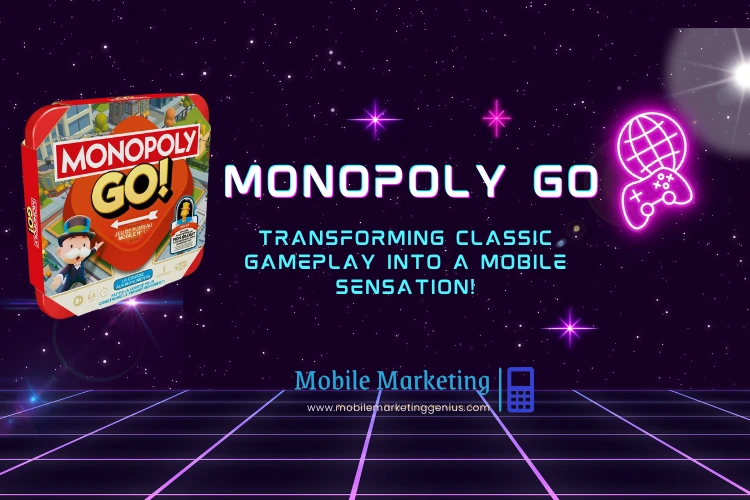
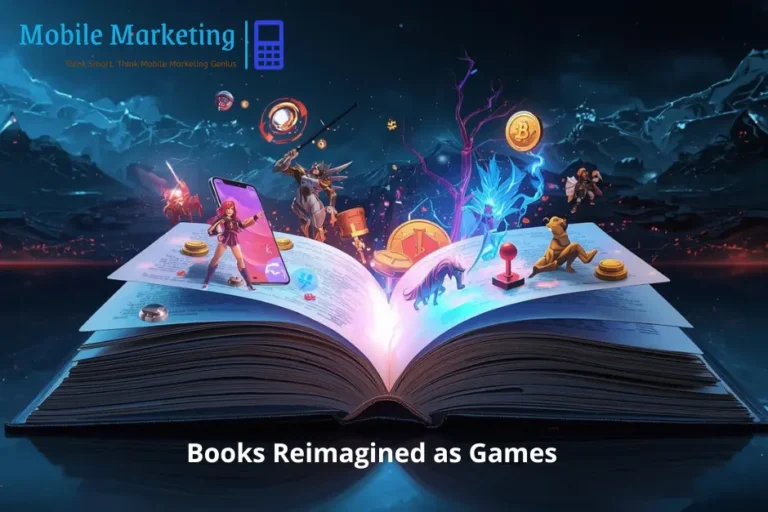
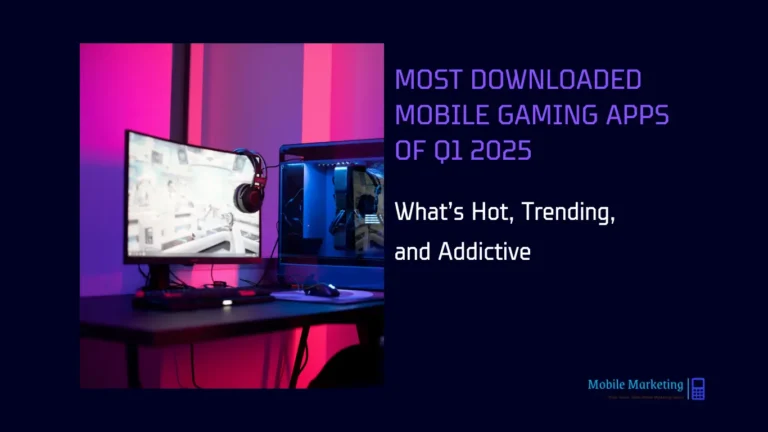
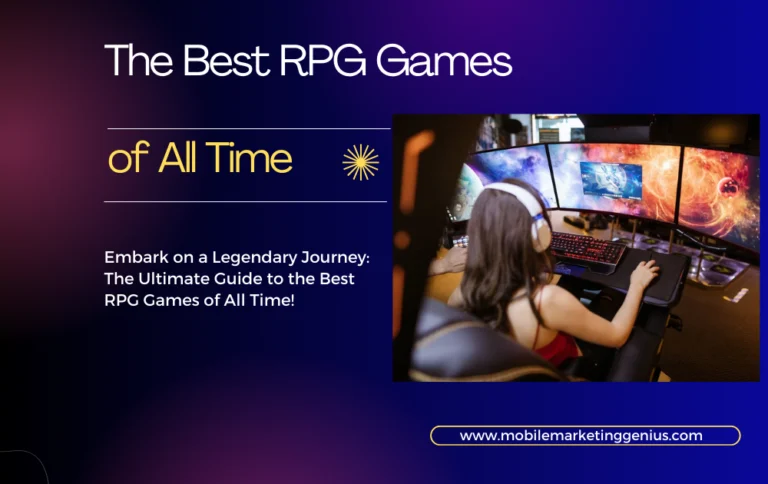
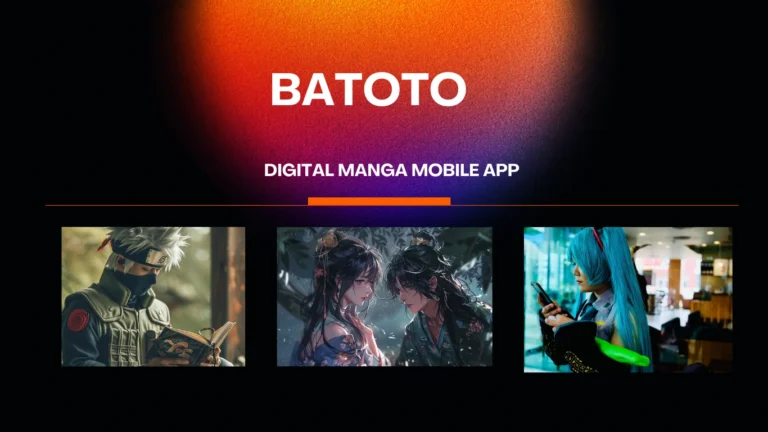
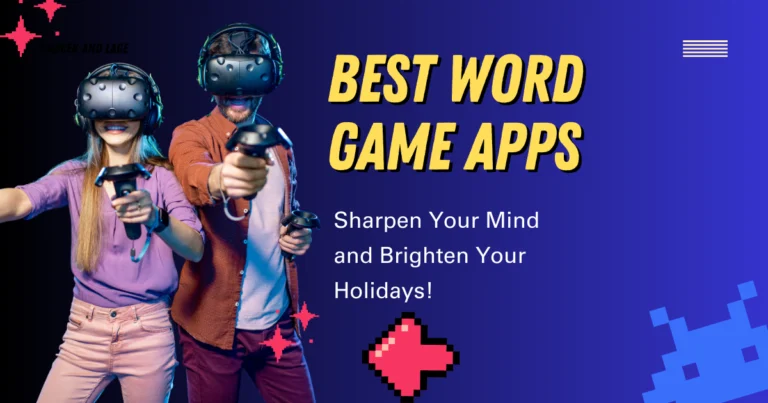
5 Comments
Comments are closed.